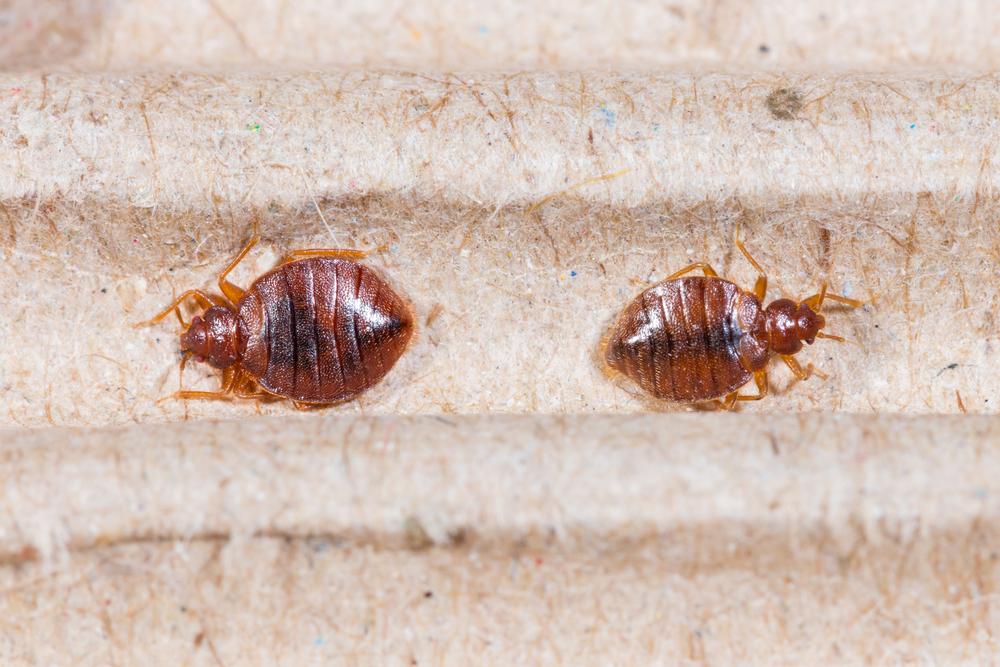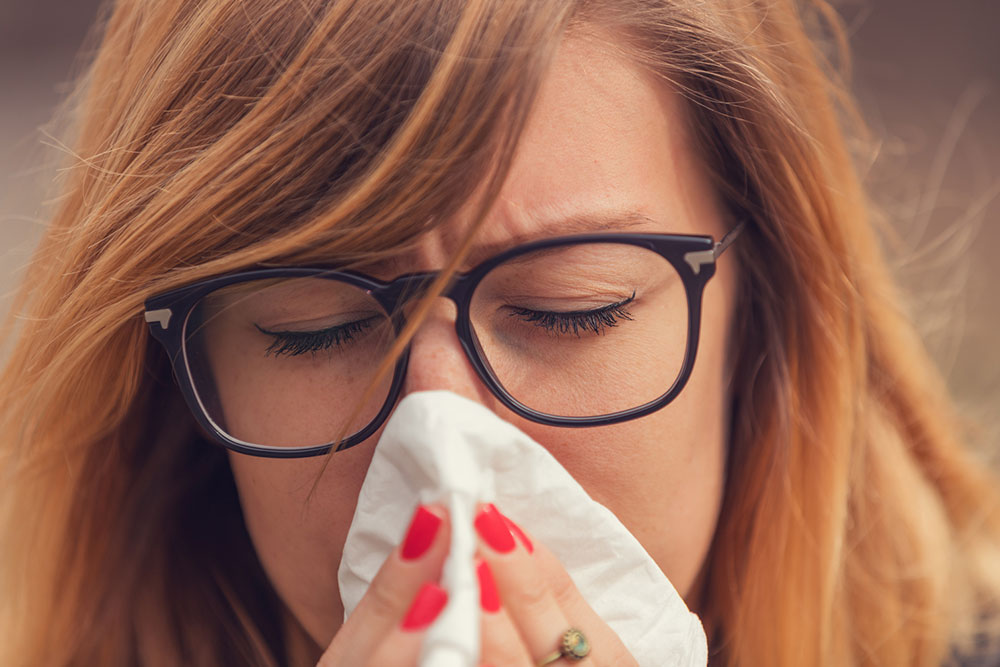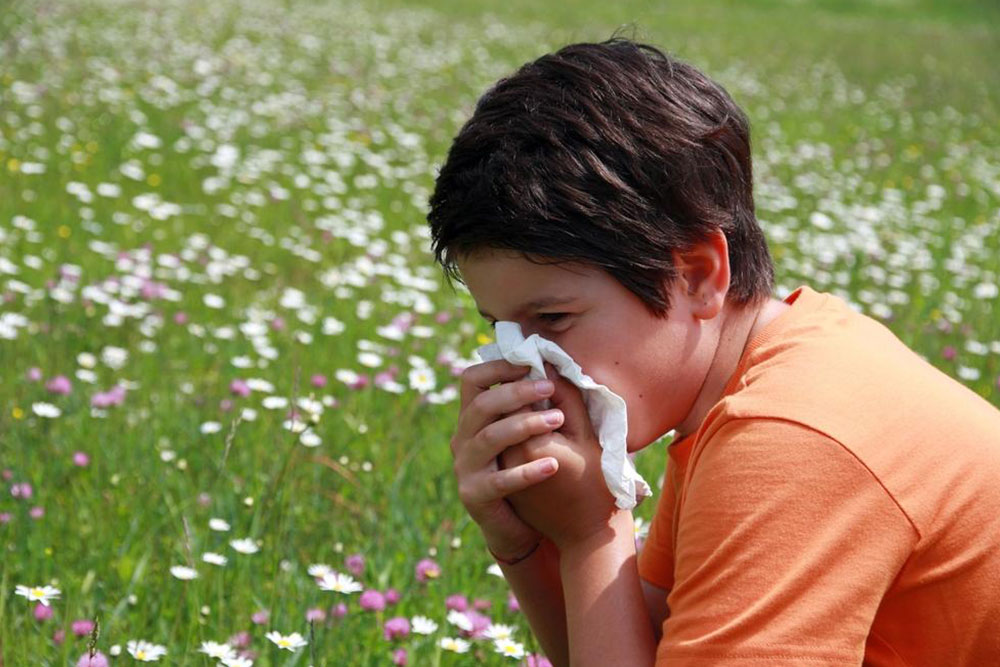Comprehensive Guide to Dust Mite Allergies: Causes, Symptoms, and Effective Management Strategies
This comprehensive guide explores dust mite allergies, covering their causes, symptoms, and advanced management strategies. Learn effective treatment options like medications and immunotherapy, along with practical environmental control tips to reduce allergen exposure, improving quality of life for allergy sufferers.

Comprehensive Guide to Dust Mite Allergies: Causes, Symptoms, and Effective Management Strategies
Dust mite allergies are a common yet often misunderstood health condition that can significantly impact an individual's quality of life. These allergies stem from tiny arthropods belonging to the spider family, which thrive in our homes. Often invisible to the naked eye, these microscopic creatures inhabit a variety of household environments, especially in bedding, carpets, upholstered furniture, and soft furnishings. Their presence is more widespread than many realize, making understanding and managing dust mite allergies essential for those affected.
Dust mites feed primarily on the dead skin cells shed by humans and pets. They thrive in warm, humid environments, which makes homes, especially those with poor ventilation or high humidity levels, ideal habitats. While dust mites are harmless in terms of causing injuries, their allergy-inducing proteins can trigger immune responses leading to uncomfortable and sometimes severe allergy symptoms. Recognizing the symptoms, understanding the causes, and employing effective management strategies can significantly reduce the burden caused by dust mite allergies.
Recognizing Symptoms of Dust Mite Allergy
Many individuals with dust mite allergies experience symptoms that resemble common colds, making diagnosis tricky without proper medical assessment. Typical symptoms include:
Persistent runny or blocked nose
Frequent sneezing episodes
Itchy, irritated nose and throat
Red, watery eyes that often itch
Postnasal drip leading to cough
Facial discomfort, especially around the sinuses
Dark circles under the eyes due to nasal congestion
Sleep disturbances resulting from nasal blockage or itching
Severe allergy cases might also involve symptoms like asthma exacerbations, wheezing, or difficulty breathing, especially in individuals predisposed to respiratory conditions. It's crucial to differentiate these allergy symptoms from other respiratory illnesses to ensure proper treatment.
When to Seek Medical Advice
Since dust mite allergies often mimic common cold symptoms, individuals may not realize their condition until symptoms worsen or persist over time. If you experience persistent nasal congestion, severe itching, difficulty sleeping, or respiratory discomfort, consulting a healthcare professional is essential. Accurate diagnosis typically involves a detailed medical history, physical examination, and allergen-specific testing, such as skin prick tests or blood tests.
Effective Treatments for Dust Mite Allergies
Once diagnosed, managing dust mite allergies involves a combination of medication, environmental control, and in some cases, immunotherapy. The goal is to reduce exposure to dust mite allergens and alleviate the symptoms effectively.
**Medication Options:** Healthcare providers often prescribe medications to control allergy symptoms. These include:
Antihistamines: These are effective in relieving itching, sneezing, and runny nose. They come in various forms such as pills, liquids, or nasal sprays and are suitable for both adults and children.
Nasal corticosteroids: Nasal sprays that reduce inflammation in the nasal passages, helping to control congestion and improve breathing.
Leukotriene receptor antagonists: These medications block chemicals involved in allergic inflammation, providing additional relief when antihistamines or corticosteroids are insufficient.
While medications provide symptomatic relief, they often do not address the root cause of the allergy. For long-term management, immunotherapy can be highly effective.
Immunotherapy: A Long-Term Solution
Immunotherapy involves exposing the immune system to gradually increasing doses of the allergen to build tolerance and reduce sensitivity. There are primarily two forms of immunotherapy for dust mite allergies:
Allergy Shots – Subcutaneous Immunotherapy (SCIT): This traditional approach involves receiving injections containing controlled quantities of dust mite allergens. Over time, this therapy helps retrain the immune system to respond less aggressively, leading to a significant reduction in allergy symptoms. The process typically lasts for several months to years, with regular injections administered under medical supervision. SCIT has been successfully used for over a century and is backed by extensive clinical evidence.
Sublingual Immunotherapy (SLIT): A newer, more convenient alternative approved by the FDA in 2017 involves placing allergen tablets or drops under the tongue. This method is easy to administer at home after initial supervision at a healthcare facility. SLIT works by gradually increasing tolerance to dust mite allergens, effectively decreasing symptoms over time without the need for injections. Its effectiveness has been supported by numerous clinical trials.
Both immunotherapy options have proven to be safe and effective when administered properly, significantly improving the quality of life for individuals with chronic dust mite allergies.
**Environmental Control Measures:** In addition to medical treatments, reducing exposure to dust mites is crucial. Effective strategies include:
Regular washing of bedding, pillowcases, and blankets in hot water (at least 130°F or 54°C) to kill mites.
Use of allergen-proof covers for mattresses and pillows.
Maintaining indoor humidity below 50% using dehumidifiers or air conditioners.
Frequent vacuuming with HEPA filters to trap dust mites and their debris.
Removing carpets or opting for hard flooring options where feasible.
Minimizing clutter and soft furnishings that collect dust.
Implementing these environmental modifications can greatly reduce dust mite populations and limit allergen exposure, providing lasting relief to sensitive individuals.





